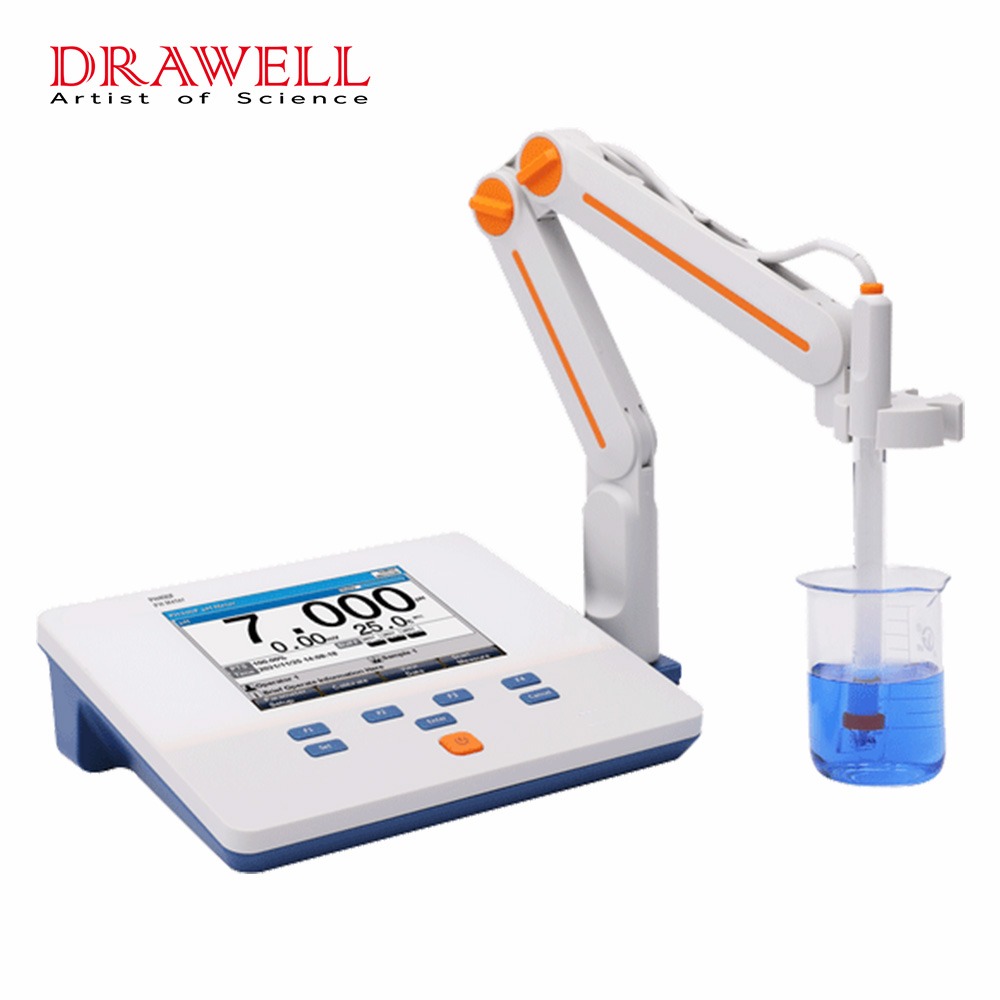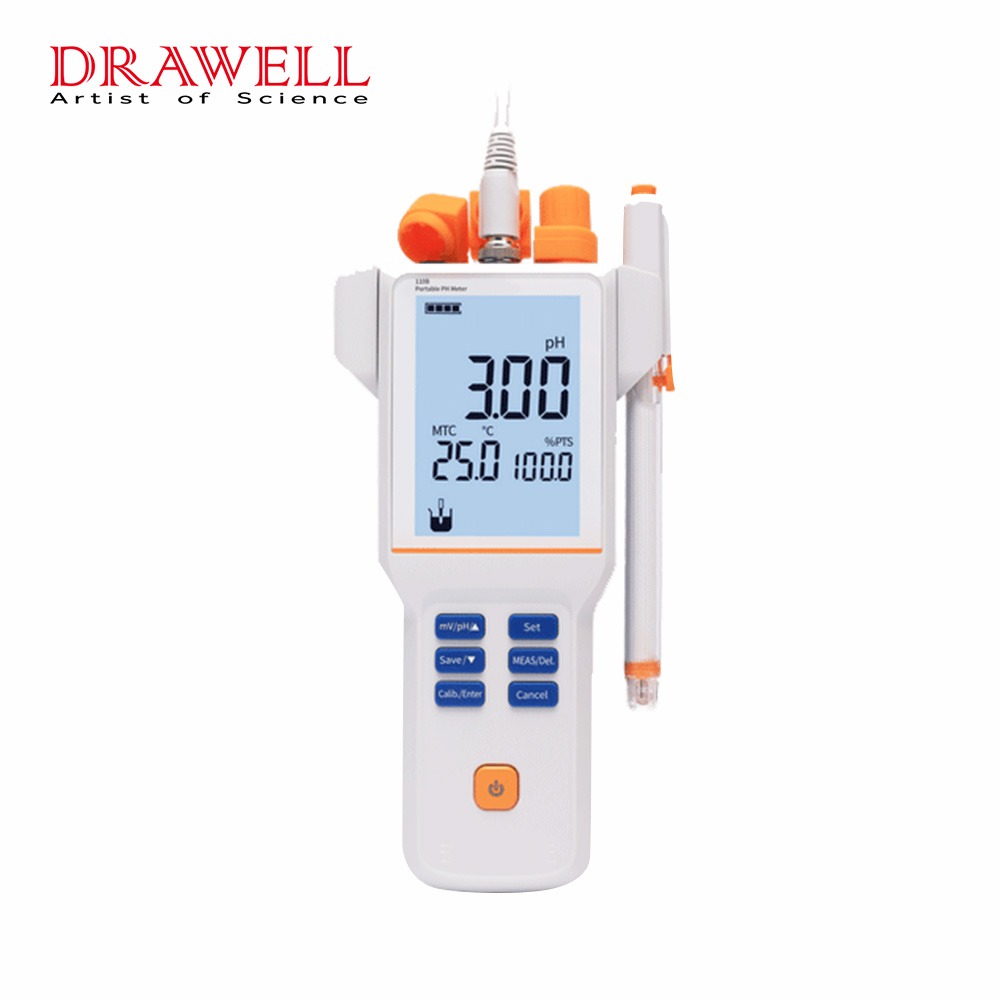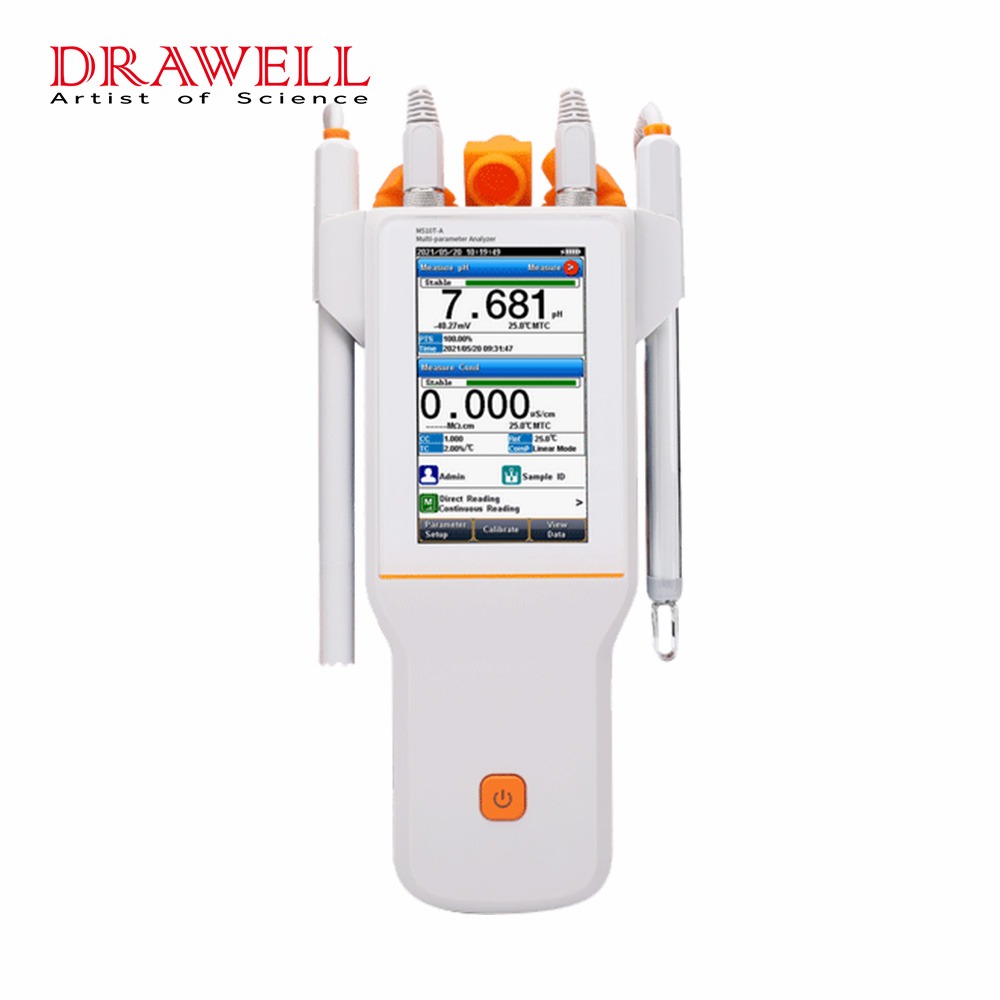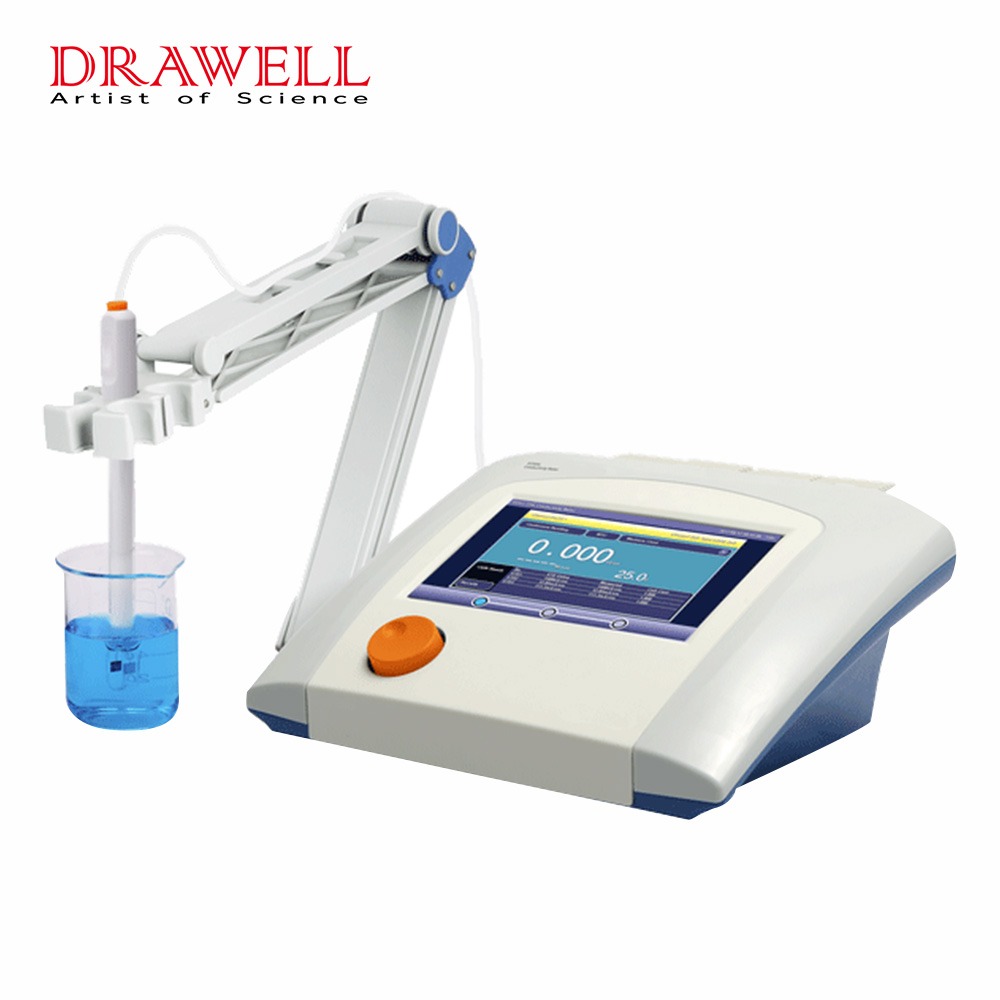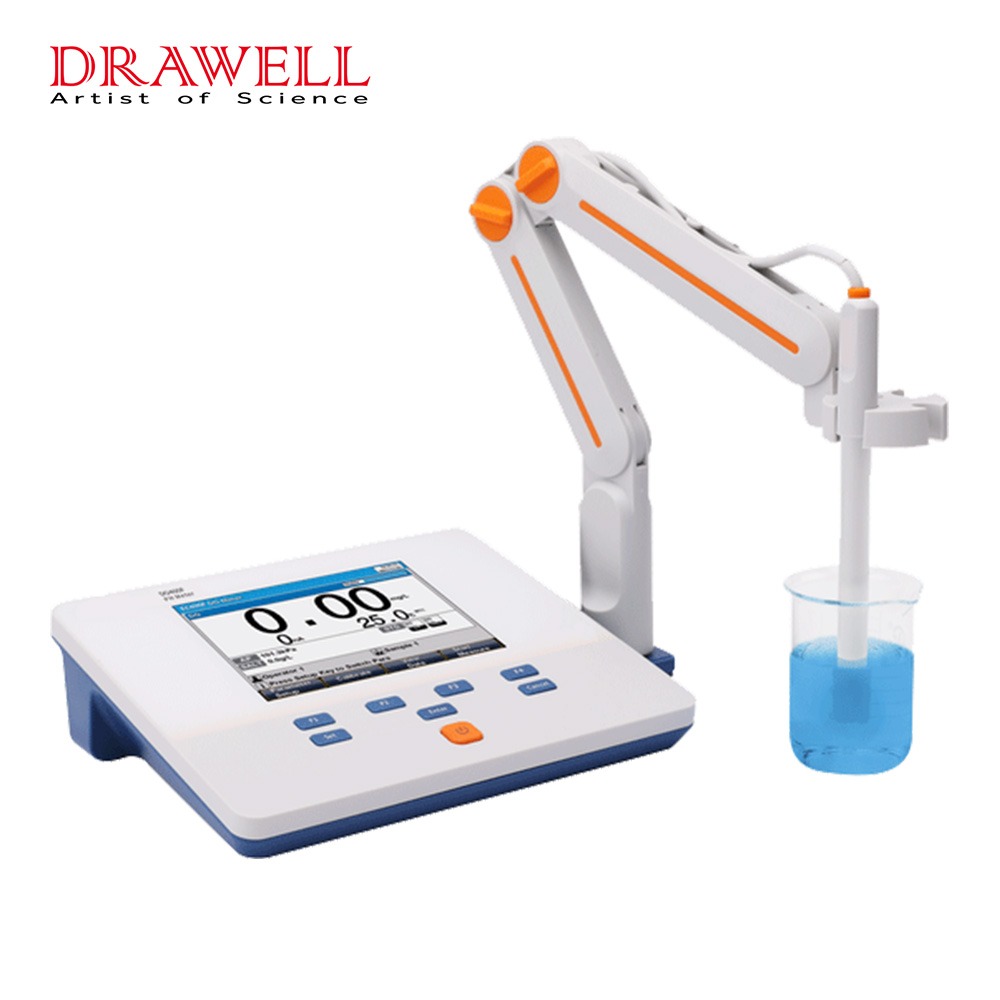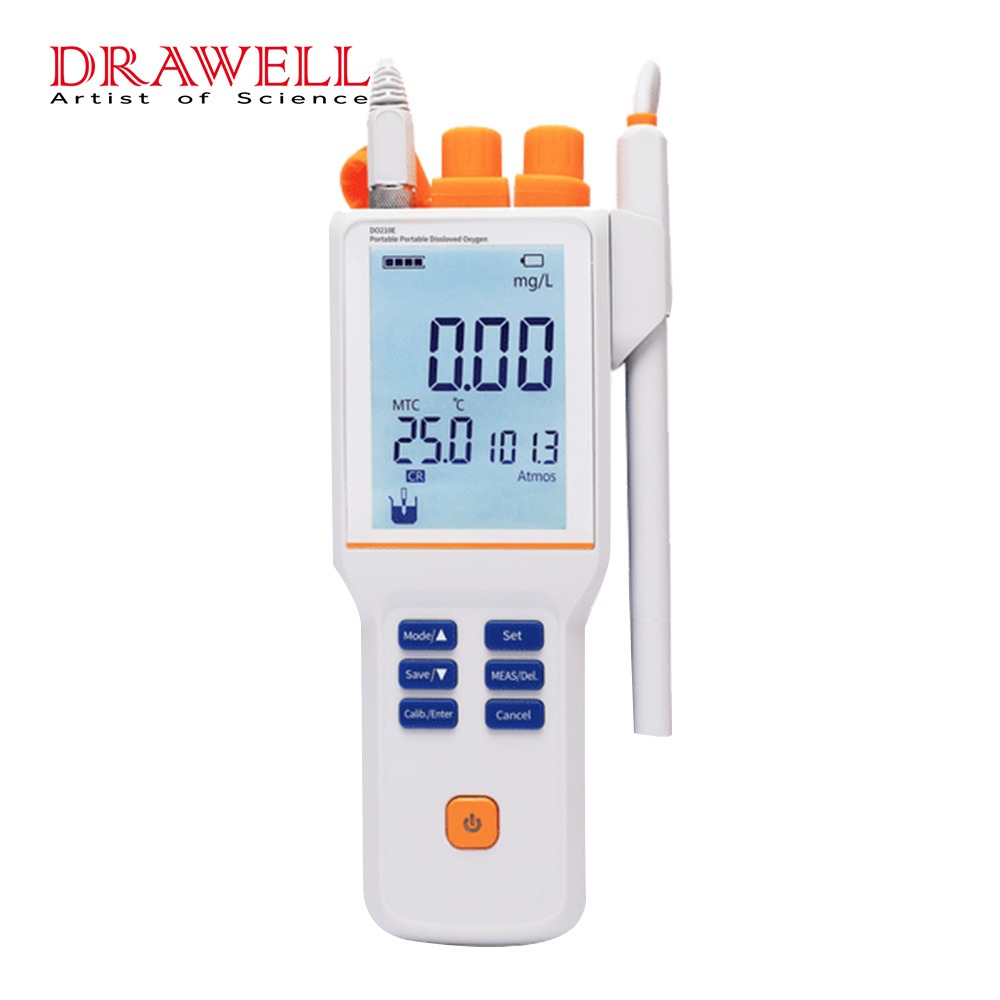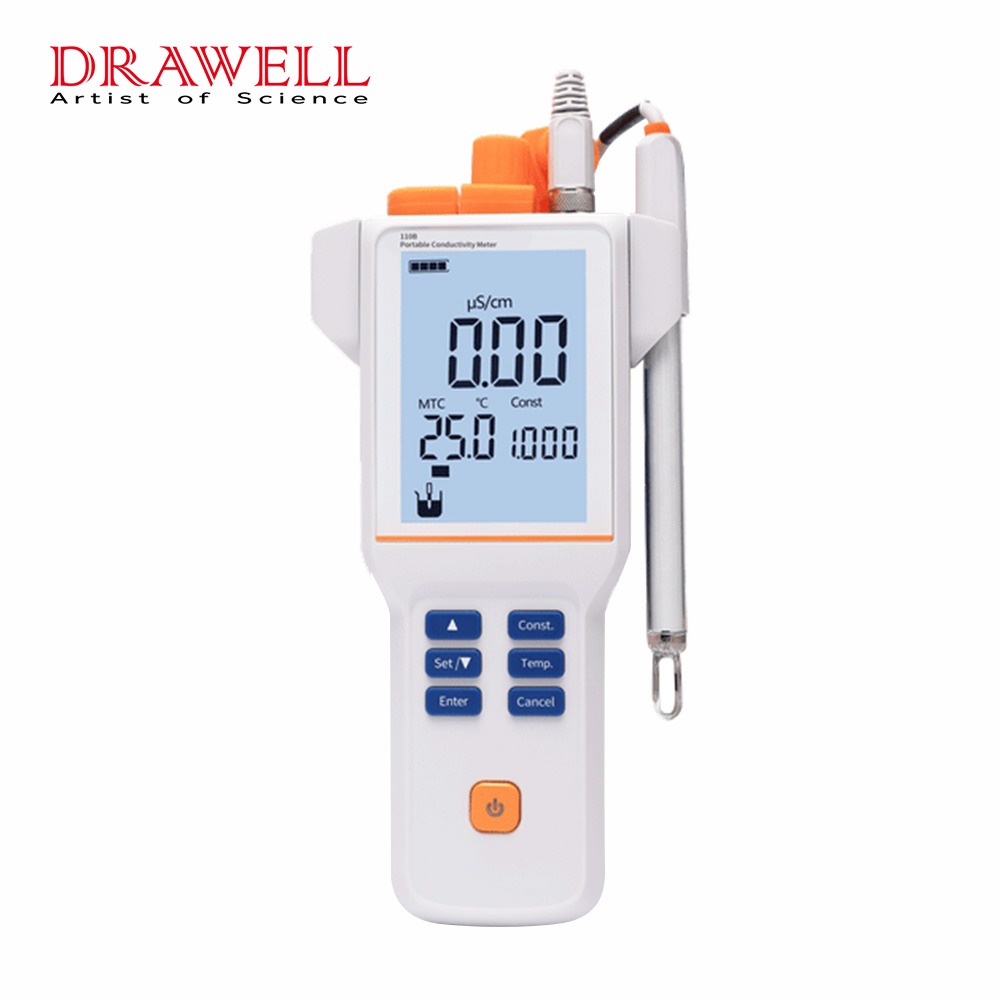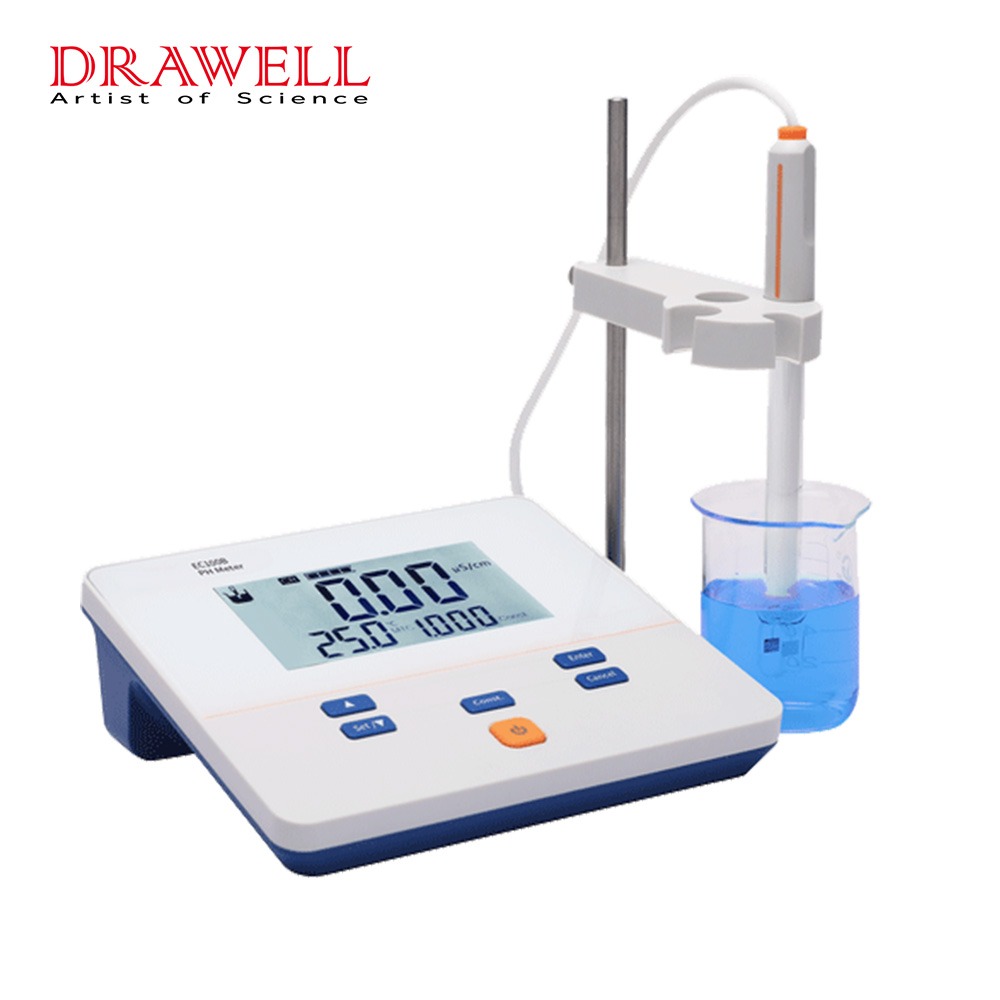In the intricate world of laboratory analysis, understanding the acidity or alkalinity of a solution is paramount. This is where pH measurement comes in, playing a vital role in countless scientific endeavors. This guide equips you with the knowledge to master pH measurement using a reliable tool: the pH meter.
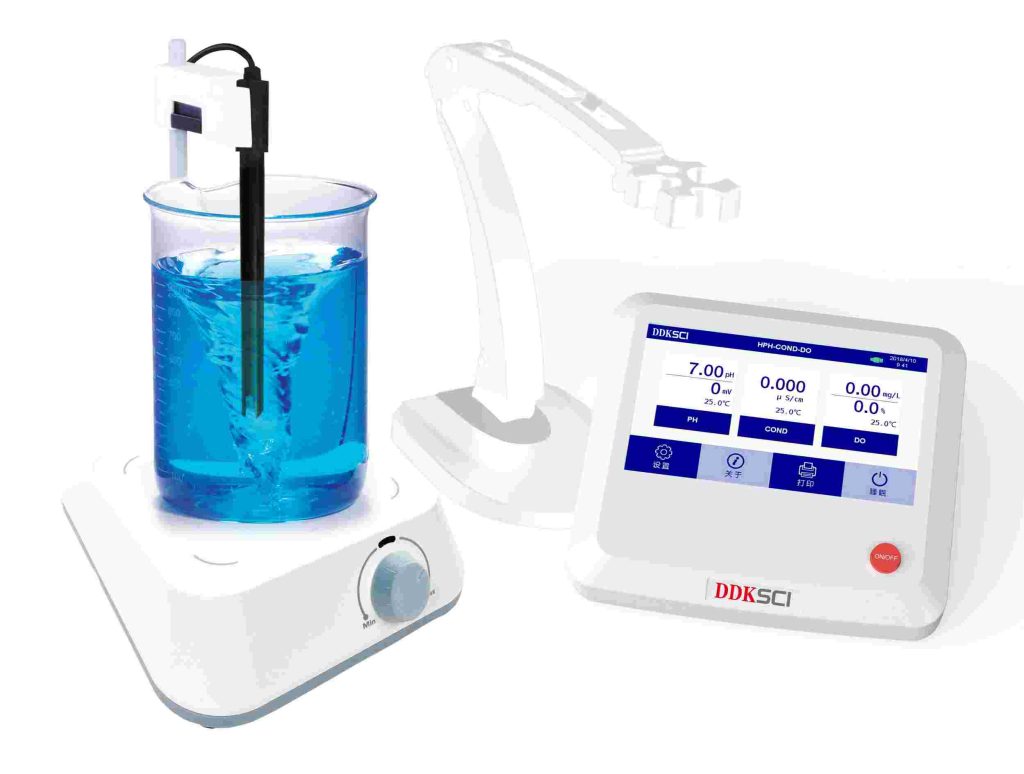
Understanding pH Measurement
pH measurement serves as a cornerstone in scientific exploration, offering insights into the acidity or alkalinity of solutions across diverse fields. Whether deciphering the delicate balance within biological systems or unraveling the intricacies of chemical reactions, mastering pH measurement is essential for accurate analysis and informed decision-making. Here we delve into the fundamentals of pH, explores the principles underpinning pH measurement techniques, navigates the process of selecting the right pH meter, and elucidates the significance of proper handling and maintenance post-measurement. Let’s unlock the secrets of pH now.
Before pH Measurement: Know the ph and its Principle
The Importance of pH
pH, which stands for “potential of hydrogen,” is a critical parameter in various scientific disciplines, including chemistry, biology, environmental science, and medicine. It measures the acidity or alkalinity of a solution on a scale from 0 to 14, where 7 is considered neutral, below 7 acidic, and above 7 alkaline. Understanding pH is essential because it influences chemical reactions, biological processes, and the overall behavior of substances.
In biological systems, pH plays a vital role in maintaining homeostasis. For instance, enzymes, which are essential catalysts for biochemical reactions, have optimal pH ranges for activity. Any deviation from these ranges can affect enzyme function and, consequently, biological processes. In environmental science, pH affects the health of ecosystems, particularly aquatic environments, as it influences the solubility of minerals and the availability of nutrients to organisms.
Principles of pH Measurement
pH measurement is based on the concentration of hydrogen ions (H+) in a solution. The pH scale logarithmically quantifies the concentration of these ions, with each unit representing a tenfold difference. A lower pH indicates a higher concentration of H+ ions, signifying greater acidity, while a higher pH indicates a lower concentration, indicating alkalinity. Solutions with a pH below 7 are acidic, while those above 7 are alkaline.
Various methods are employed to measure pH, including pH meters, pH indicators, and pH electrodes. pH meters are commonly used in laboratory settings due to their accuracy and precision. These instruments typically consist of a pH probe, which contains a glass electrode sensitive to hydrogen ions, and a reference electrode. When immersed in a solution, the glass electrode generates a voltage proportional to the pH, which is then displayed on the meter.
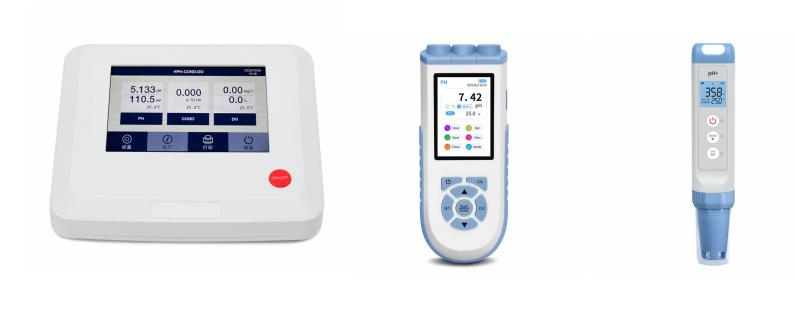
During pH Measurement: Choosing the Right pH Meter
Selecting the appropriate pH meter is crucial to obtaining accurate and reliable measurements. Factors to consider include the intended application, sample type, required accuracy, and budget. Benchtop pH meters are suitable for laboratory use, offering high accuracy and advanced features such as data logging and calibration capabilities. Portable pH meters are ideal for fieldwork or on-site testing, providing flexibility and convenience.
Key features to look for in a pH meter include electrode type, measurement range, resolution, stability, and calibration options. Glass combination electrodes are commonly used for general-purpose applications, while specialized electrodes may be required for specific samples or environments. It’s essential to calibrate the pH meter regularly using standard buffer solutions to ensure accurate readings.
After pH Measurement: Proper Handling and Maintenance
Maintaining the accuracy and reliability of pH meters requires proper handling and regular maintenance. After each use, electrodes should be rinsed with distilled water to remove any residue and stored in a suitable storage solution to prevent drying out and damage. Periodic calibration and performance verification are essential to ensure accurate measurements.
Additionally, pH meters should be cleaned and maintained according to the manufacturer’s instructions to prevent contamination and ensure longevity. Regularly inspecting electrodes for signs of wear or damage and replacing them as needed will help maintain optimal performance. Proper storage in a clean and dry environment away from extreme temperatures and humidity is also critical to prolonging the life of the pH meter.
By understanding the importance of pH, principles of pH measurement, selecting the right pH meter, and practicing proper handling and maintenance procedures, laboratory professionals can master pH measurement and obtain accurate and reliable results for their research and analyses.

Applications of pH Meters in the Laboratory
In laboratory settings, pH meters find applications across various fields and experiments. Here are some specific applications:
- Titration: pH meters are indispensable tools for endpoint detection in titration experiments. They accurately measure the pH of a solution during the addition of a titrant, allowing researchers to precisely determine the equivalence point and calculate the concentration of analytes in a sample.
- Buffer Preparation: pH meters are used to prepare buffer solutions with precise pH values. Buffer solutions are essential in maintaining constant pH levels in experiments, particularly in biochemical assays and enzymatic reactions.
- Cell Culture: In cell culture studies, pH meters monitor and regulate the pH of cell culture media. Maintaining optimal pH levels is crucial for cell viability, proliferation, and functionality in both research and biopharmaceutical production.
- Enzyme Kinetics: pH meters play a vital role in studying enzyme kinetics by monitoring changes in pH during enzymatic reactions. The pH optimum of enzymes can be determined, providing insights into their catalytic efficiency and activity under different conditions.
- Electrophoresis: In gel electrophoresis experiments, pH meters are used to prepare and monitor the pH of running buffers and gel solutions. Controlling the pH ensures optimal separation of biomolecules, such as DNA, RNA, and proteins, based on their charge and size.
- Analytical Chemistry: pH meters are used in various analytical chemistry techniques, including spectrophotometry, chromatography, and spectroscopy. pH adjustment is often necessary to optimize reaction conditions and ensure accurate measurements in analytical methods.
- Quality Control: pH meters are employed in quality control processes to monitor the pH of raw materials, intermediates, and final products in industries such as pharmaceuticals, food and beverage, and cosmetics. Maintaining consistent pH levels ensures product quality and regulatory compliance.
- Water Analysis: pH meters are used for water analysis in environmental laboratories to assess the acidity or alkalinity of natural water bodies, wastewater, and drinking water supplies. pH measurements are crucial for evaluating water quality and assessing potential environmental impacts.
- Soil Testing: In agricultural and environmental research, pH meters are utilized for soil testing to determine soil acidity or alkalinity (soil pH). Soil pH affects nutrient availability, microbial activity, and plant growth, making it essential for crop management and land rehabilitation.
- Microbiology: pH meters are used in microbiology laboratories to monitor the pH of growth media for culturing microorganisms. Optimal pH conditions promote microbial growth and facilitate the study of microbial physiology, ecology, and biotechnology applications.
In summary, pH meters are versatile instruments with numerous specific applications in laboratory research and analysis across various scientific disciplines, contributing to the advancement of knowledge and innovation in diverse fields.
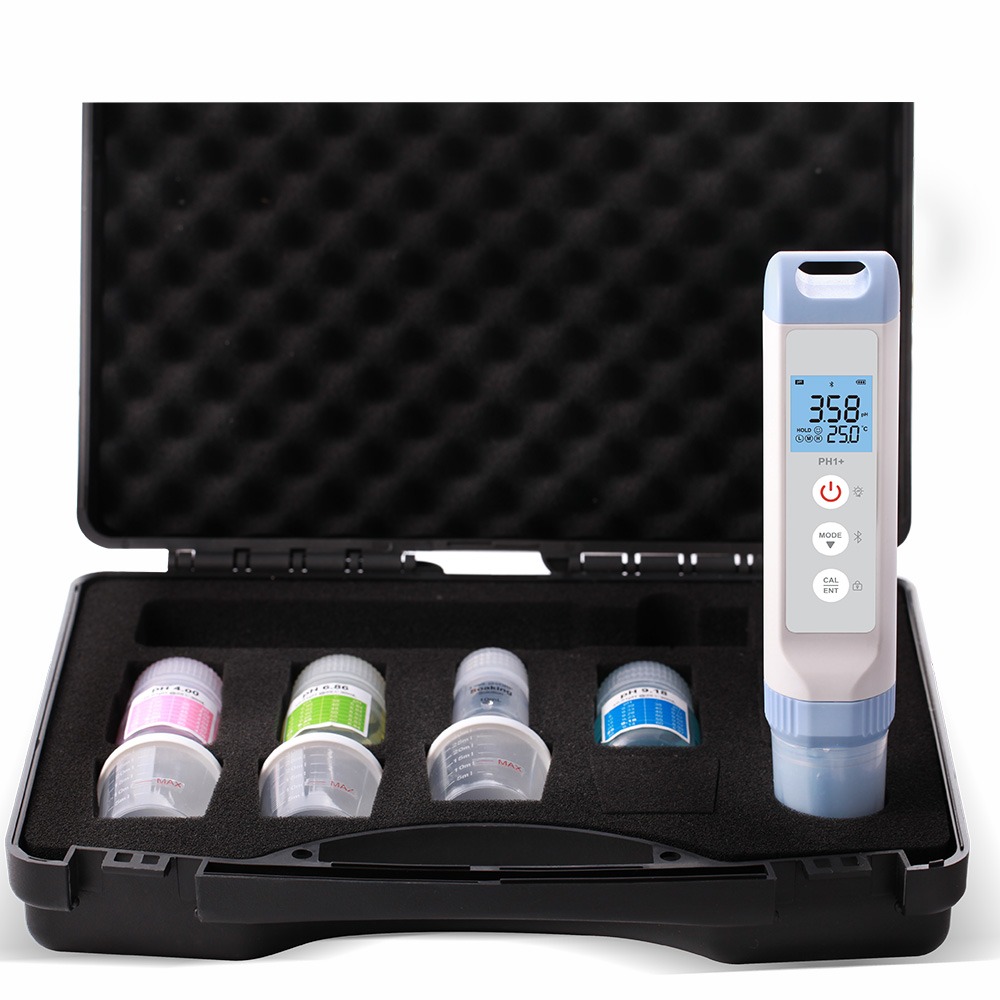
Best Practices for Accurate pH Measurement
Achieving accurate pH measurements is crucial for obtaining reliable results in laboratory experiments and analyses. Here are some best practices to ensure accuracy when using pH meters:
- Calibration: Regular calibration of pH meters is essential to maintain accuracy. Calibrate the pH meter before each use using at least two standard buffer solutions that bracket the expected pH range of the samples being measured. Follow the manufacturer’s instructions for calibration procedures and frequency.
- Proper Electrode Handling: Handle pH electrodes with care to avoid damage or contamination. Rinse the electrode with distilled or deionized water before and after each use to remove any residues that could affect measurements. Avoid touching the sensitive bulb of the electrode, and never wipe it with a dry cloth.
- Temperature Compensation: pH measurements are temperature-dependent, so use a pH meter with automatic temperature compensation (ATC) or manually compensate for temperature differences. Maintain the sample at the temperature specified for calibration or use a separate temperature probe to measure sample temperature accurately.
- Stirring and Homogenization: Ensure thorough mixing and homogenization of samples to achieve uniform pH throughout the solution. Use a magnetic stirrer or gentle agitation to minimize stratification and ensure representative measurements.
- Avoid Contamination: Prevent contamination of samples and electrodes to maintain accuracy. Rinse the electrode between measurements and use separate containers for different samples to avoid cross-contamination. Clean and properly store electrodes when not in use to prevent buildup of contaminants.
- Sample Preparation: Prepare samples properly to ensure accurate pH measurements. Remove any particulate matter or insoluble solids that could interfere with electrode readings. Dilute highly concentrated samples if necessary to bring them within the measurement range of the pH meter.
- Record Keeping: Maintain thorough records of pH measurements, including the date, time, sample identification, and any relevant experimental conditions. Document calibration procedures and results to track instrument performance and troubleshoot any discrepancies in measurements.
- Quality Control: Implement quality control procedures to monitor the accuracy and precision of pH measurements over time. Use certified reference materials or proficiency testing samples to verify instrument performance and validate measurement protocols.
- Regular Maintenance: Perform routine maintenance tasks, such as electrode cleaning, conditioning, and storage, according to the manufacturer’s recommendations. Inspect electrodes for signs of damage or wear and replace them as needed to maintain accuracy.
- Training and Documentation: Ensure that laboratory personnel are adequately trained in pH measurement techniques and follow standardized protocols. Document procedures and protocols in a laboratory manual to ensure consistency and reproducibility of results.
By following these best practices, laboratory professionals can optimize the accuracy and reliability of pH measurements, facilitating robust scientific research, quality control, and data-driven decision-making.
Conclusion
Mastering pH measurement is indispensable for conducting precise and reliable laboratory analyses. By understanding the principles of pH measurement, selecting the right equipment, and following best practices, researchers can obtain accurate pH readings across a wide range of applications. As technology advances and research evolves, the role of pH measurement in scientific inquiry continues to expand, driving innovation and discovery in countless fields.

